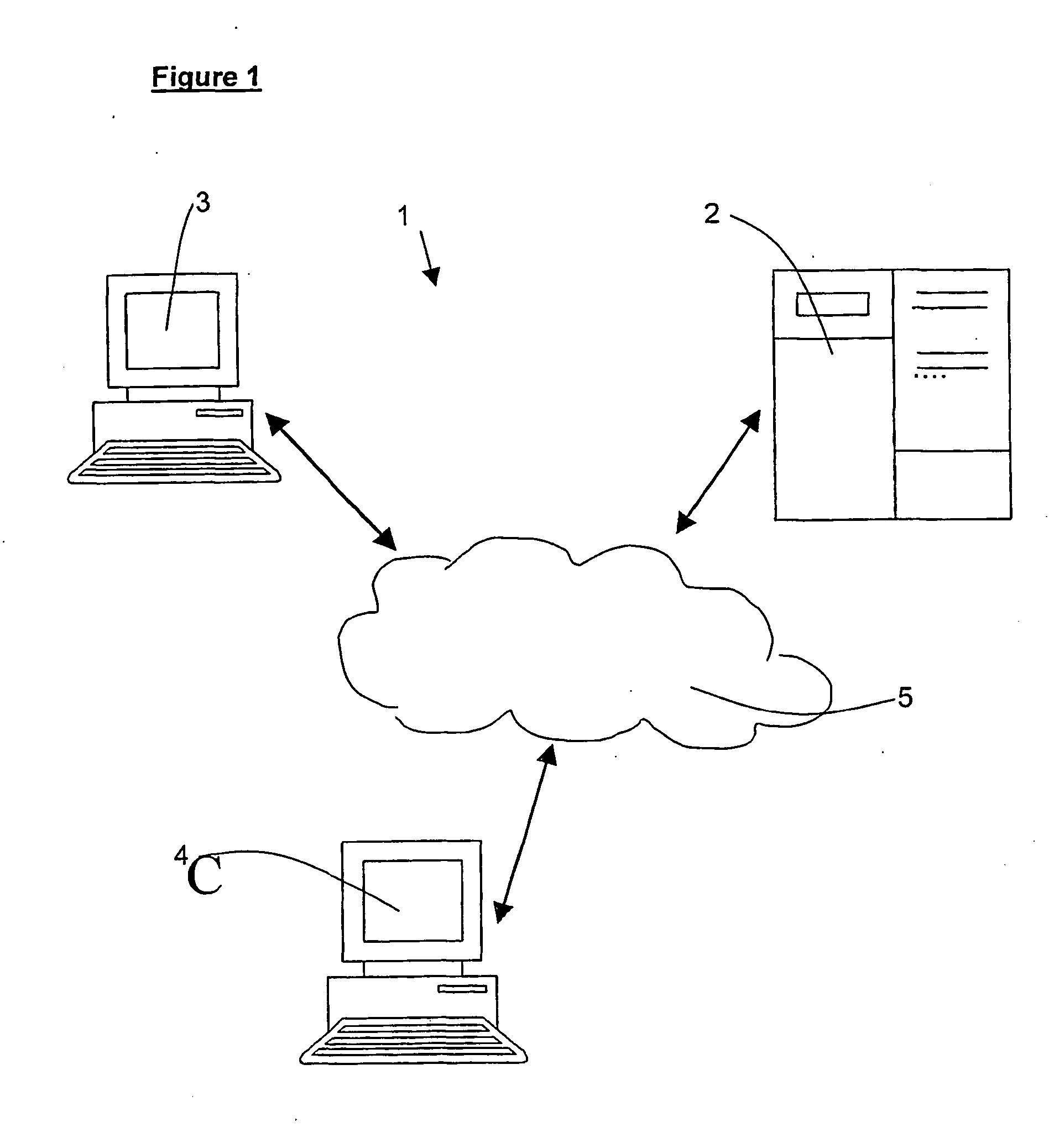Pathfinding system
a pathfinding and system technology, applied in the field of pathfinding systems, can solve the problems of not being aware of any system, not considering applying constraints to the path generation, and restricting the flexibility of the final route that is generated, so as to improve the user experien
- Summary
- Abstract
- Description
- Claims
- Application Information
AI Technical Summary
Benefits of technology
Problems solved by technology
Method used
Image
Examples
Embodiment Construction
[0065] There follows a detailed description of the preferred embodiments of the invention, which include a description of the best mode of the invention as currently contemplated by the inventors. Even where not explicitly described, it will be apparent to those skilled in the art that certain features of the invention can be replaced by their known equivalents, and the scope of the invention is intended to include such apparent equivalents to the described features where appropriate.
[0066]FIG. 1 illustrates a system 1 for creating, and allowing a user to navigate within, a virtual world. The system comprises a, server computer 2, accessible to a content provider (a human user who will input the specification for the virtual world) via terminal 3, and accessible to a user (desiring to view and navigate through the virtual world) via another terminal 4. In this particular embodiment, access from both terminals to the server 2 is through a general network 5, such as for example the i...
PUM
 Login to View More
Login to View More Abstract
Description
Claims
Application Information
 Login to View More
Login to View More - R&D
- Intellectual Property
- Life Sciences
- Materials
- Tech Scout
- Unparalleled Data Quality
- Higher Quality Content
- 60% Fewer Hallucinations
Browse by: Latest US Patents, China's latest patents, Technical Efficacy Thesaurus, Application Domain, Technology Topic, Popular Technical Reports.
© 2025 PatSnap. All rights reserved.Legal|Privacy policy|Modern Slavery Act Transparency Statement|Sitemap|About US| Contact US: help@patsnap.com



